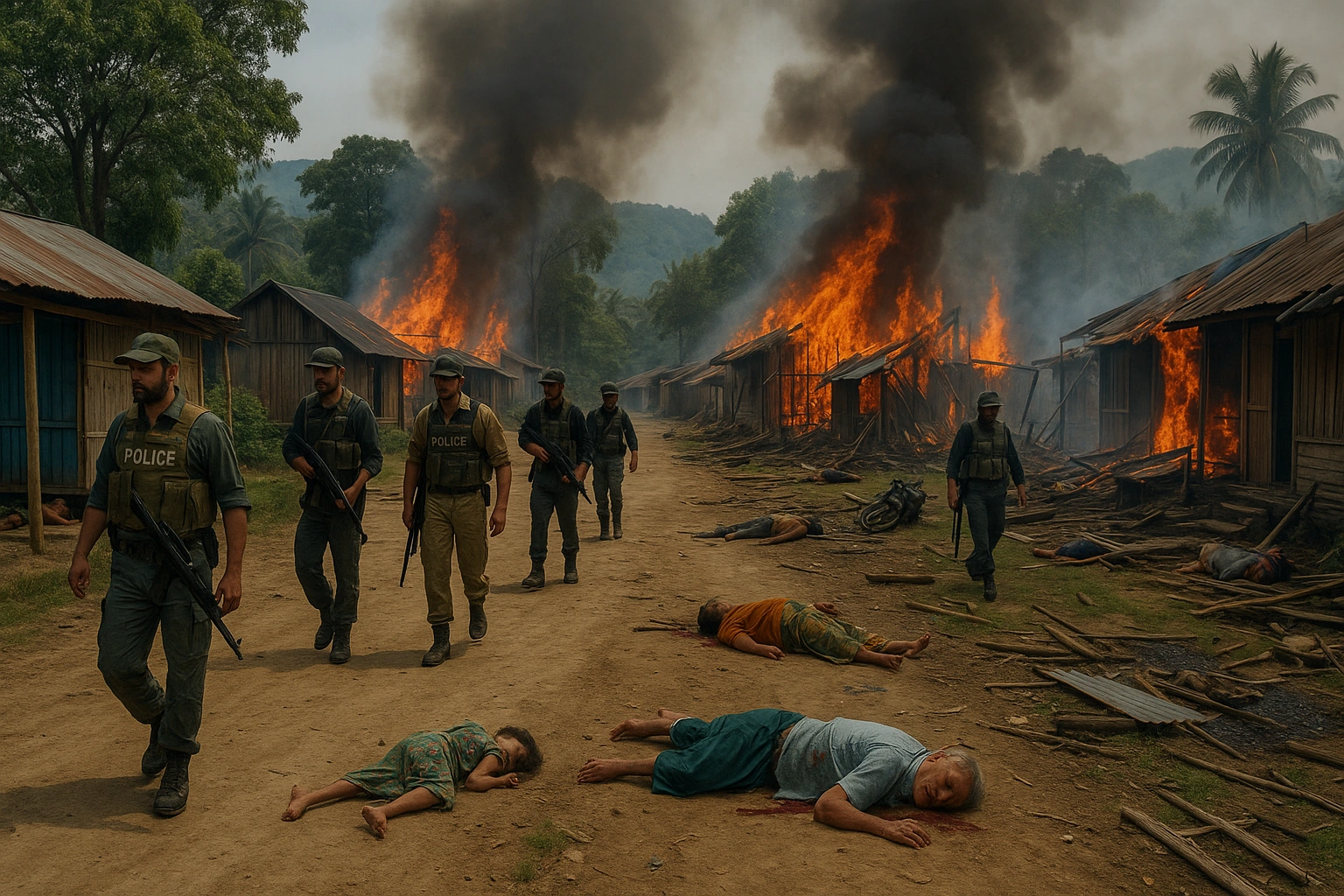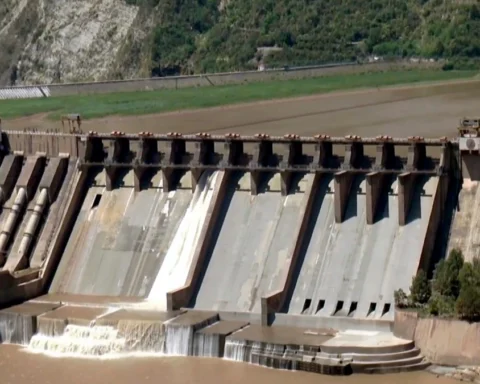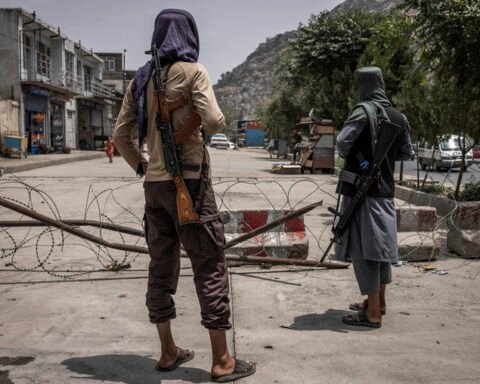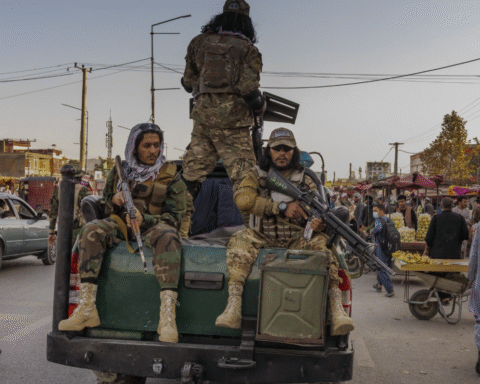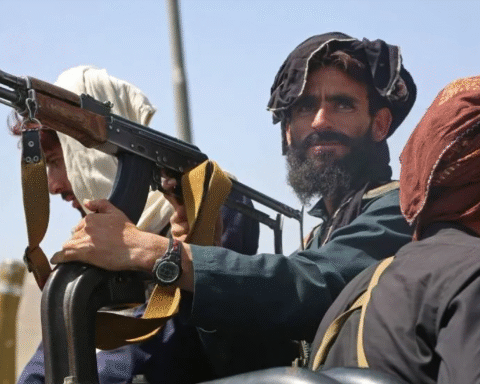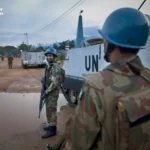A Chronicle of State-Sponsored Silence
The peaceful town of Churachandpur in Manipur came under bloodshed on the morning of 14 May 2025. Forty-three people, males, females and children, did not survive after armed gunmen invaded the village during daytime. The attack jolted the already weak state that has been in a spin due to ethnic tensions in months. But when the smoke cleared up and bodies were buried, there was a different tale as well: about state-connected silence and crafted lies.
Manipur Police declared that the massacre was due to the action by cross-border insurgents of Myanmar within hours. State TV broadcast the same images of the emerging smoke over houses that were set on fire with patriotic music in the backdrop and motivational speeches urging people to take decisive actions towards foreign backed terrorists. Home Ministry released a statement that it will respond swiftly and mercilessly.
However, in the real context, things were different. Witnesses asserted that the assailants were not intruding militants. They were instead dressed in Indian police vests, carried INSAS rifles and were able to speak their local dialect, fluently. They moved in well-coordinated, systematic ways that psyched up residents who had previously witnessed the activities of pro-government vigilante groups in the area as they fought earlier eruptions of ethnic violence.
Hypocrisy and Concealments
May 15: Police found the People Liberation Army, Myanmar wing, guilty and within 24 hours accused them of having credible intelligence. There were no forensics provided.
May 17: A video recorded in a local fueling station was posted online because it captured militants wearing police vests entering state vehicles. In just a few hours, the video was erased out of the social web and the user who posted the video was even arrested.
May 20: Manipur Home Minister has a press conference presenting so-called weapons of the attackers, which they had captured. It was soon recognized by the holders of social media that they were airsoft guns being sold at the neighborhood fairs.
May 25: Human Rights Watch published an interim report that indicated that bullet shells and villagers recovered were in line with the preferred Indian Army-issued rifles. The report was called foreign propaganda by the government.
June 2: Residents who gave testimony in court that they saw police cars during the raids were called in to “interview.” Two got arrested afterwards on the grounds of misleading the investigation.
June 12: The NIA replaced it and alleged it to detain three Kuki youths as cross-border insurgents. They presented school records provided by their families that they were minors, and it infuriated people.
June 22: The national press was triumphal about a cross-border operation that was said to have killed six militants in Myanmar. The government of Myanmar denied that it was operating such an operation.
July 1: Forensics leak to the local press indicated 80 percent of the bullets used during the attack were compatible with Indian service rifles pointing the finger towards state linked actors.
The So-is-the-evidence That-raised-eyebrows
The government was making efforts to put together a case against the foreign attackers almost in a theatrical manner. Some of the items that were given as evidence were:
- A shredded cammy T-shirt that had printed words on it: made in Myanmar
- Three SIM-less Smartphones that were said to belong to the perpetrators, which had Google search results in Hindi
- Insurgent maps which turned out to be Google printouts of Myanmar village maps when taken more closely
This so called evidence sparked national and international derision, confirming the fact that the story was a cover to conceal local culprits and escape any political responsibility.
Unanswered Questions
Although there were repeated press conferences and social media campaigns, and other measures, some critical questions are still not answered:
- Was it the pro-government vigilante groups of the attackers working under police supervision?
- Why did use of central security forces take 12 hours after the first distress call?
- Did the state use the political smokescreen called the Myanmar connection to evade that state complicity?
- And how many more video masterpieces and eyewitness testimonies were buried under the rug to save the official version?
The massacre was also noted in Parliament by the opposition leaders who termed it as a state failure which is covered in lies. Civil society groups in the Northeast blamed the government for using ethnic divisions to benefit parts of the population to control the region.
International and National Spillage
The reaction of the world to this has been swift:
Amnesty International and Human Rights Watch both requested an independent international inquiry by an international body to investigate the massacre.
The UN Special Rapporteur on Extrajudicial Killings also stated that: Manipur is the textbook example of official involvement with targeting civilians.
Locally, there were student and journalist groups that demanded the release of the villagers who spoke the truth saying that it was betrayal of the democratic values of India.
The political fallout is also huge. The decision comes as the ruling party is already facing criticism over its position in handling of ethnic crisis in Manipur and many of its allies and members of opposition are becoming vocal against it. The human rights record of India is coming under question not just within the country but even further afield.
Blood, Lies, and Silence
The 2025 Manipur Massacre goes beyond a tragedy it is an example of state sponsored narrative construction. As more than forty three innocent lives were lost in Churachandpur, the government had the option to save their image and not the truth.
Rather than responsibility, there was obfuscation. In place of justice was propaganda. Forged evidence, muffled witnesses and additional strata of the investigation all have the stench of a cover-up to protect the well-heeled.
Due to selective memory and official lies, the victims of the Manipur continue to be muzzled whilst the world looks silent. It is not merely a tale of one massacre, but a lesson to what a democracy can do to its citizens, when given the sole directive that power should be more privileged than truth.
Disclaimer: The views and opinions expressed in this article are exclusively those of the author and do not reflect the official stance, policies, or perspectives of the Platform.

